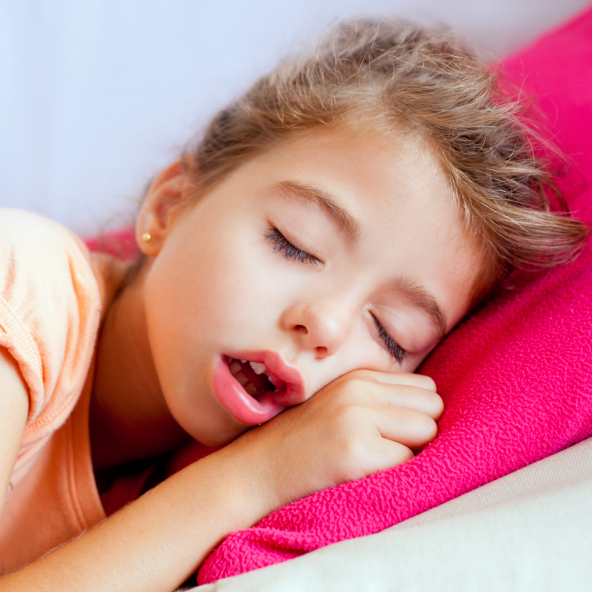 Nearly every week there is a new report about how sleep affects child development. Poor-quality and insufficient sleep in early childhood are linked to social-emotional and cognitive problems, poorer school achievement and children being overweight.
Nearly every week there is a new report about how sleep affects child development. Poor-quality and insufficient sleep in early childhood are linked to social-emotional and cognitive problems, poorer school achievement and children being overweight.
One of the biggest challenges I face as a nonclinician who conducts clinical translational research involving pediatric sleep is how to spread this message. My direct contact with patients is rare, and primary-care physicians, who are most likely to encounter these issues, don’t always have the relevant training, which is why they need to learn how recognize them.
While it’s important to publish in peer-reviewed journals, it’s better still to get our work out through nonacademic channels. This is where our studies can have the greatest impact and change lives.
Partners in Sleep Health
One way is to work with groups such as Sweet Dreamzzz, Inc.―the nation’s only nonprofit organization devoted to sleep-health education.
The group’s Early Childhood Sleep Education Program (ECSEP) is based in the nation’s low-income Head Start preschool program. ECSEP makes it easier for Head Start teachers, kids and parents to learn about healthy sleep practices. A recent study showed that the program was associated with 30 minutes’ longer nighttime sleep. Those 30 minutes can lead to a boost in mental and physical health, which is why I am partnering with Sweet Dreamzzz, Inc., in new research to expand its program throughout New York State.
I recently got to see ECSEP in action for the first time at a crowded, but welcoming, Head Start center near the end of New York City’s #3 subway line. It was 8:30 a.m. and the room was filled to capacity. Even those parents who had to stand in the hallway were transfixed by the experience. Heads nodded in affirmation as my collaborators delivered an engaging one-hour, easy-to-understand program.
Reaching Physicians
A few years ago I presented at a pediatrics grand rounds at Jacobi Medical Center. I showed the sleep-disordered breathing (snoring, pauses in breathing during sleep) screening algorithm from the American Academy of Pediatrics. Of the 60 or so pediatricians in the room, just two had been aware of it.
While most pediatricians view counseling parents about sleep hygiene as part of their job, they aren’t really equipped to counsel parents, and they may struggle to find a place for the subject during a visit when discussing so many other medical issues.
Pediatric primary-care providers generally have less than four hours of training about sleep, and 70 percent typically ask their patients just one question about the subject. That’s a big problem, given what we’ve learned about the impact of sleep difficulties.
Helping Parents Get the Word out
This lack of information among physicians is why getting the word out through nonacademic channels is so critical. If the physicians don’t have the necessary information, then sometimes it’s best to reach out to them through their patients.
Several years ago, a mother familiar with my sleep-disordered breathing work via the media got in touch with me to discuss her child’s ADHD and disordered-sleep symptoms. The 10-year-old had exhibited these symptoms since he was an infant. She mentioned that the child’s pediatrician had dismissed her concerns.
Based on what she described, I recommended she seek a second opinion from a sleep-medicine specialist, who found that the child had severe sleep apnea. The pediatric pulmonologist told her it was one of the worst cases he’d ever seen. She thanked me profusely for encouraging her not to accept her pediatrician’s disregard for her concerns.
There are doubtless plenty of other parents who need encouragement in seeking the cause of their children’s sleep issues. That’s why we nonclinicians must continue to partner with advocacy organizations and make sure our work is known by the general public.

